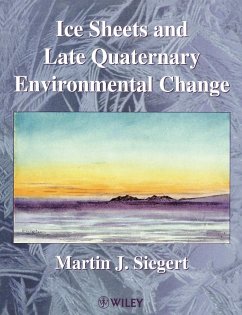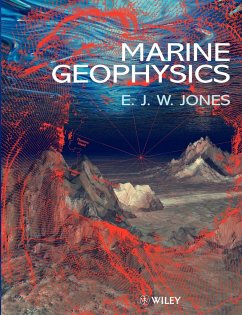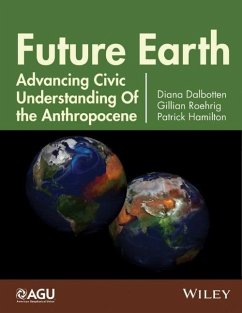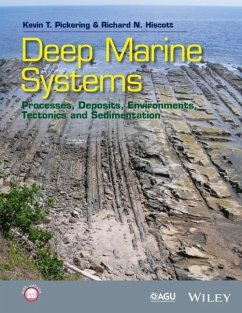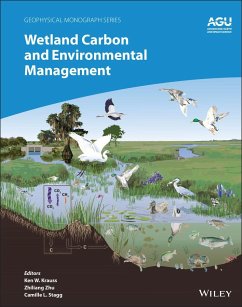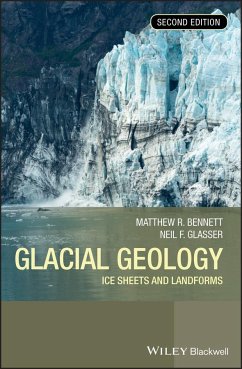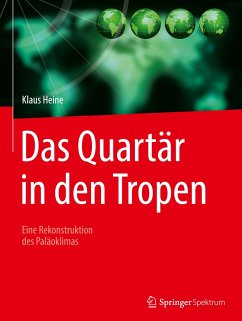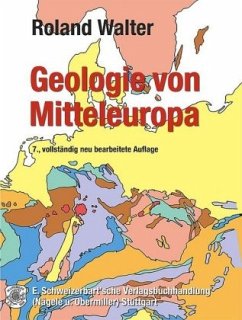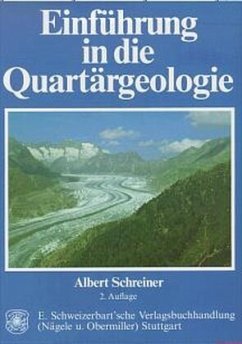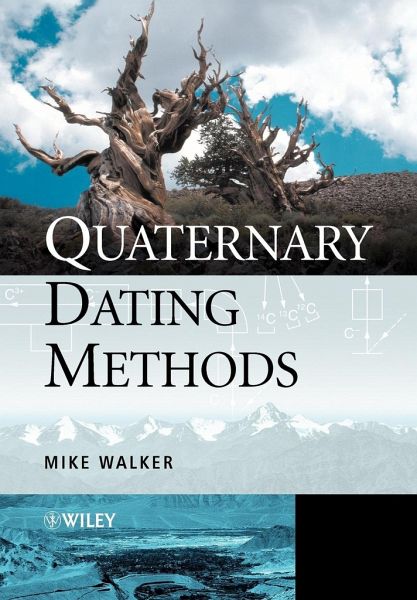
Quaternary Dating Methods
Versandkostenfrei!
Versandfertig in über 4 Wochen
95,99 €
inkl. MwSt.
Weitere Ausgaben:

PAYBACK Punkte
48 °P sammeln!
This introductory textbook introduces the basics of dating, the range of techniques available and the strengths and limitations of each of the principal methods.Coverage includes:_ the concept of time in Quaternary Science and related fields_ the history of dating from lithostratigraphy and biostratigraphy_ the development and application of radiometric methods_ different methods in dating: radiometric dating, incremental dating, relative dating and age equivalencePresented in a clear and straightforward manner with the minimum of technical detail, this text is a great introduction for both st...
This introductory textbook introduces the basics of dating, the range of techniques available and the strengths and limitations of each of the principal methods.
Coverage includes:
_ the concept of time in Quaternary Science and related fields
_ the history of dating from lithostratigraphy and biostratigraphy
_ the development and application of radiometric methods
_ different methods in dating: radiometric dating, incremental dating, relative dating and age equivalence
Presented in a clear and straightforward manner with the minimum of technical detail, this text is a great introduction for both students and practitioners in the Earth, Environmental and Archaeological Sciences.
Coverage includes:
_ the concept of time in Quaternary Science and related fields
_ the history of dating from lithostratigraphy and biostratigraphy
_ the development and application of radiometric methods
_ different methods in dating: radiometric dating, incremental dating, relative dating and age equivalence
Presented in a clear and straightforward manner with the minimum of technical detail, this text is a great introduction for both students and practitioners in the Earth, Environmental and Archaeological Sciences.





